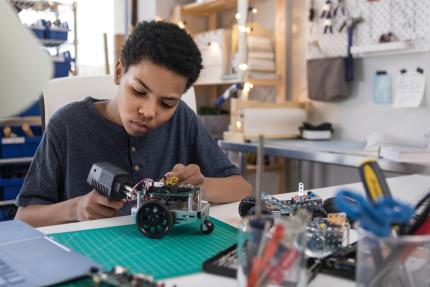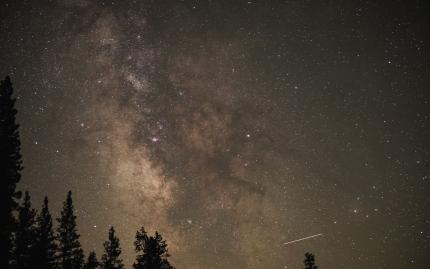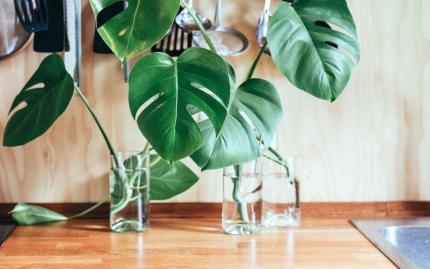Builder's Club: Tween Edition

Kids explore STEAM topics like coding and circuitry in this hands-on, collaborative learning program.

Kids explore STEAM topics like coding and circuitry in this hands-on, collaborative learning program.
Libraries can foster learning by pairing picture books with STEAM activities. For creative approaches to problem-solving, take a look at these five playful learning programs.

With limited supplies, children are challenged to create a mini rollercoaster maze for a wooden ball to travel through.
How can you best create inclusive and engaging STEAM programs for tweens?
Teens design accessible books and activities for people with disabilities.
STAR Net is distributing over 5 million eclipse glasses, activities and training to prepare for the upcoming solar eclipses.

This program described traditional Navajo astronomy, culture, and ceremonies.
Struggling with STEAM programs? Here are 5 tips from St. Louis County Public Library.

Inside Hickory Public Library is a designated area where the community can donate loose plant cuttings.
Using revolutionary technology, NASA's new telescope will study every phase of cosmic history. Is your library ready for the December launch?